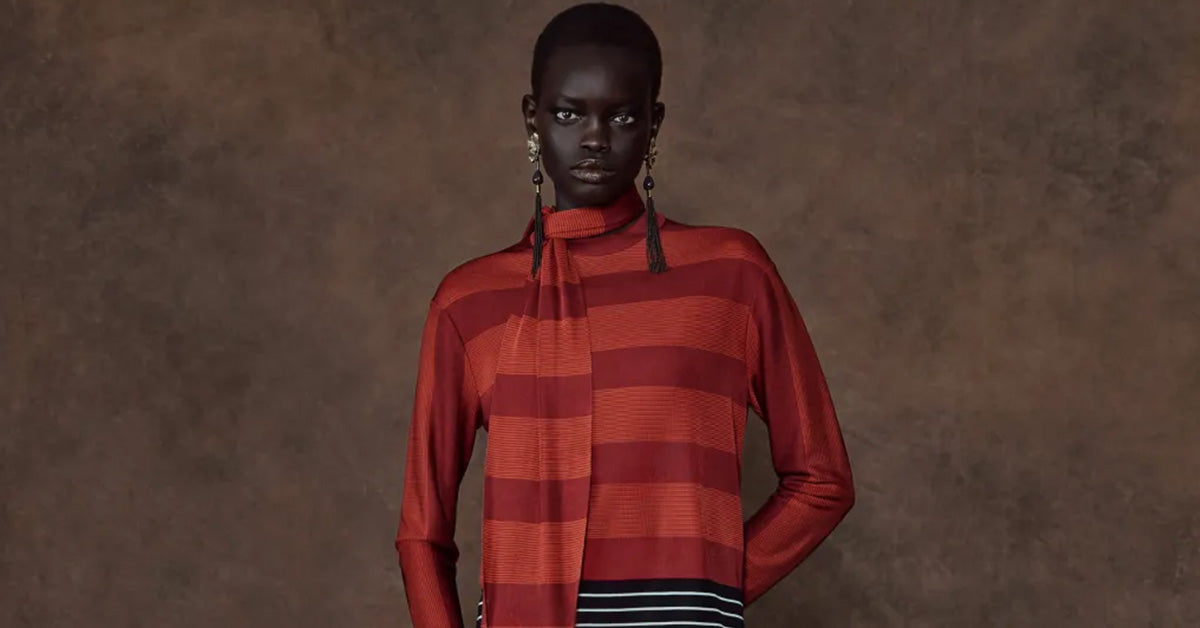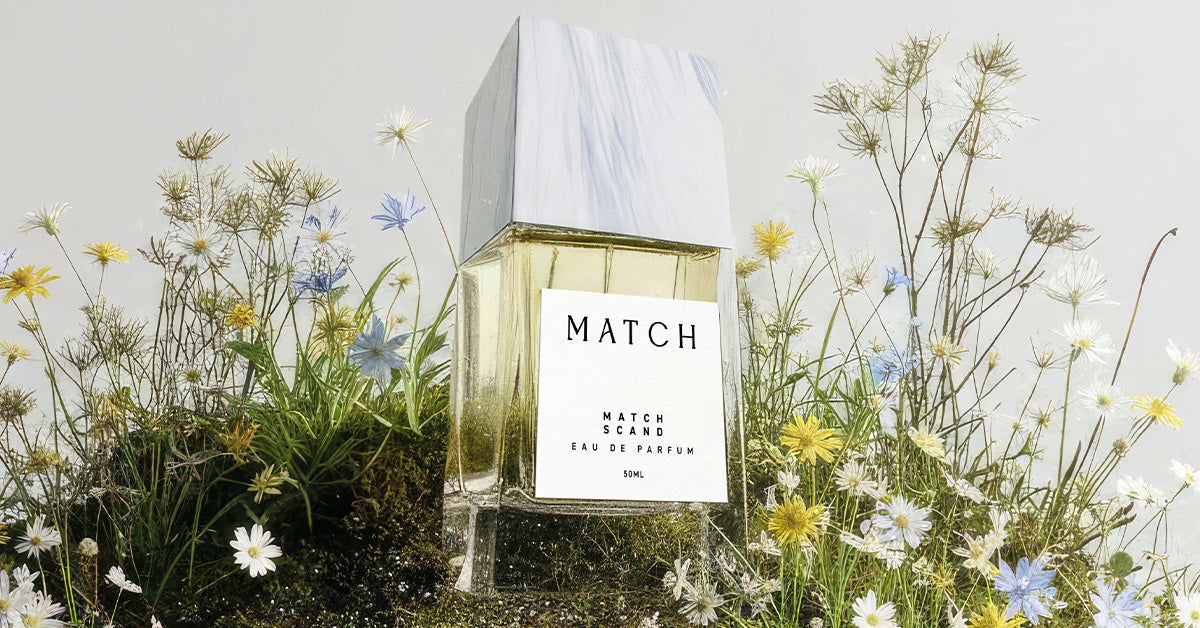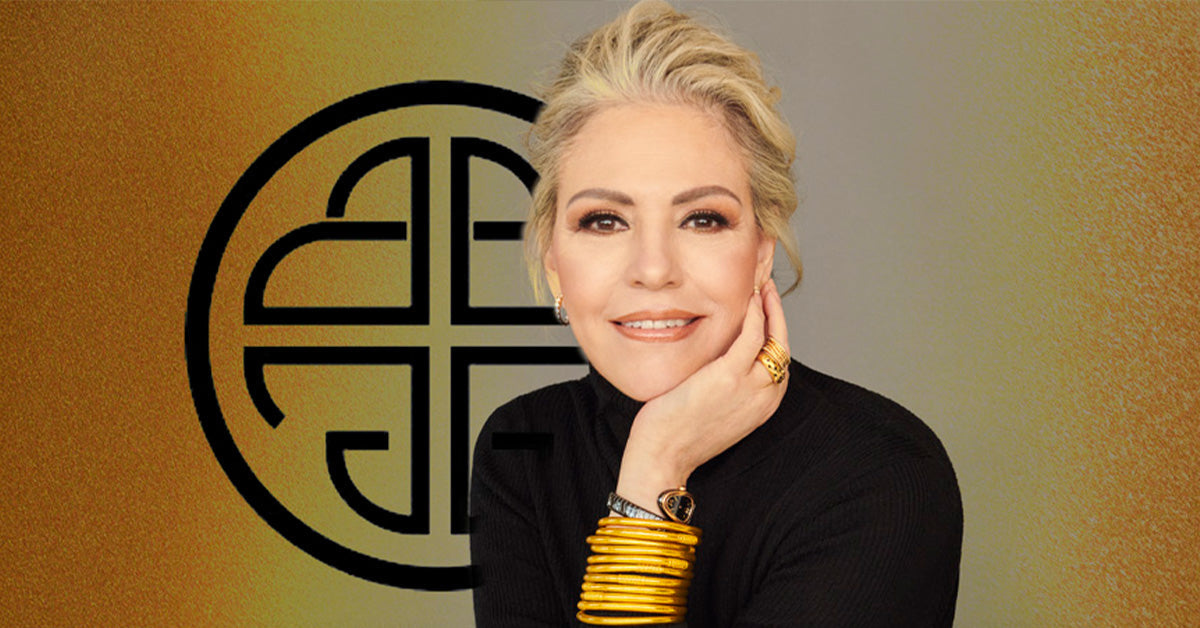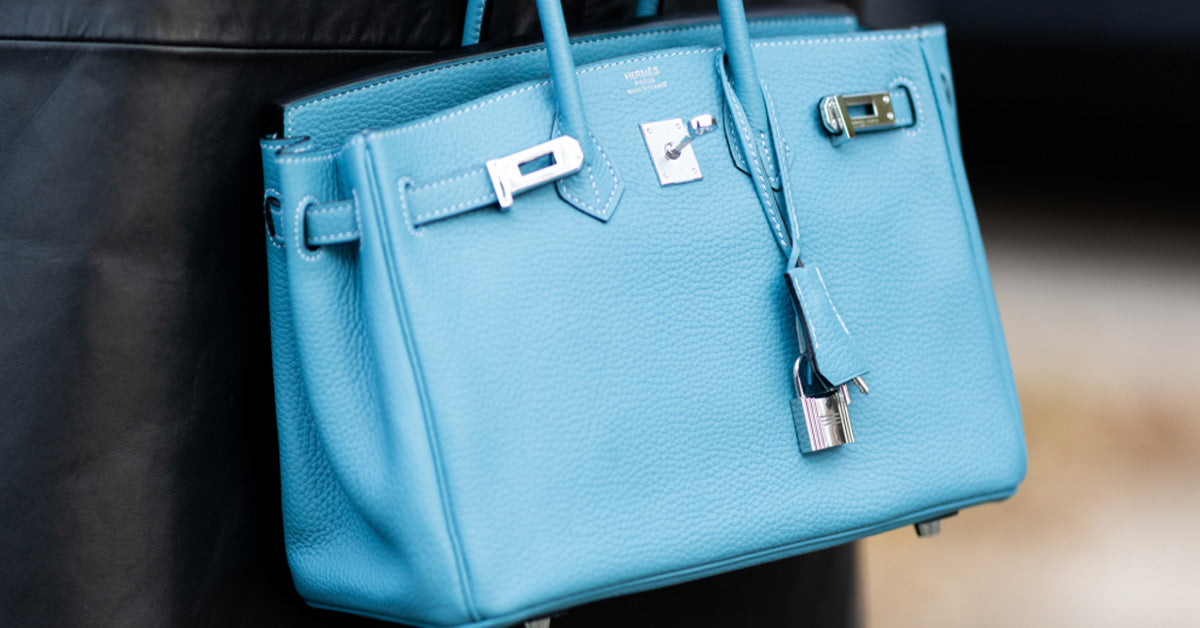In the world of textiles and fashion, few fabrics are as mesmerizing as Ikat fabric. Known for its intricate patterns and vibrant colors, this textile has captured the hearts of designers, artisans, and collectors around the world. But what exactly is Ikat fabric, and what makes it so special? Let’s explore the history, production process, and cultural significance of this extraordinary material.
What is Ikat Fabric?
Ikat (pronounced “ee-kaht”) is a type of textile that features a distinctive dyeing technique. The term “Ikat” originates from the Malay-Indonesian word mengikat, which means “to tie” or “to bind.” True to its name, Ikat fabric is created using a resist-dyeing method where the yarns are tied and dyed before they are woven into fabric. The result is a fabric with intricate, often blurry-edged patterns that have a handmade, artisanal quality.
This unique technique is used in various cultures across the globe, from Central and South Asia to Africa and Latin America. Each region brings its own cultural flair to Ikat, resulting in a diverse range of patterns and styles.
The History of Ikat Fabric
The origins of Ikat fabric are shrouded in mystery, but it is believed to be one of the oldest forms of textile art. Historical evidence suggests that Ikat weaving dates back thousands of years, with early examples found in regions like Southeast Asia, India, and Central Asia. Over time, the technique spread to Africa, the Middle East, and even Latin America through trade and cultural exchange.
In many cultures, Ikat was more than just a fabric—it was a symbol of status, wealth, and identity. For instance, in Indonesia, Ikat fabrics were traditionally worn during ceremonies and were often considered heirloom pieces. Similarly, in Uzbekistan, the vibrant Ikat patterns of atlas silk served as a sign of prosperity and were highly coveted by the upper class.
How is Ikat Fabric Made?
The production of Ikat fabric is a meticulous and time-consuming process. Here’s a step-by-step breakdown:
- Yarn Selection: The process begins with selecting the yarn, which can be made from cotton, silk, or a blend of fibers.
- Tying: Sections of the yarn are tightly bound with a resist material, such as plastic or waxed thread, to prevent them from absorbing dye.
- Dyeing: The yarn is dyed, and the tied sections resist the dye, creating patterns. This process can be repeated multiple times with different colors to achieve complex designs.
- Weaving: Once dyed, the yarns are woven into fabric. The patterns emerge as the weft and warp threads intersect on the loom.
The hallmark of Ikat fabric is its slightly blurred patterns, which occur due to the difficulty of perfectly aligning the dyed threads during weaving. This “imperfection” is actually a prized characteristic, giving each piece of Ikat fabric a unique, handcrafted charm.
Types of Ikat Fabric
Ikat comes in various styles, depending on the technique and region of origin. The three main types are:
- Warp Ikat: The patterns are dyed onto the vertical warp threads before weaving.
- Weft Ikat: The patterns are dyed onto the horizontal weft threads before weaving.
- Double Ikat: Both the warp and weft threads are resist-dyed before weaving, resulting in highly intricate and precise designs. Double Ikat is the most labor-intensive and rarest form.
Characteristics of Ikat Fabric
Ikat fabric is known for several distinct features that set it apart from other textiles:
- Blurry Patterns: The slightly blurred edges of Ikat designs are a signature feature and a testament to the hand-dyeing process.
- Vibrant Colors: Traditional Ikat fabrics often feature bold, vivid hues created using natural or synthetic dyes.
- Cultural Motifs: Many Ikat patterns reflect the cultural heritage of their region, incorporating symbolic shapes and motifs.
- Handcrafted Appeal: Each piece is unique, showcasing the craftsmanship and artistry of the weavers.
Why is Ikat Fabric So Popular?
The allure of Ikat fabric lies in its rich history, artistry, and versatility. Its unique patterns and textures make it a favorite among fashion designers and interior decorators alike. Whether used in clothing, accessories, or home furnishings, Ikat fabric adds a touch of global sophistication and timeless elegance to any design.
Moreover, the growing interest in sustainable and ethical fashion has brought renewed attention to artisanal textiles like Ikat. By supporting Ikat production, consumers are not only investing in a beautiful fabric but also helping to preserve traditional crafts and support local artisans.
FAQs About Ikat Fabric
-
Q: Is Ikat fabric handmade?
A: Yes, authentic Ikat fabric is typically handmade using traditional dyeing and weaving techniques. -
Q: What is the difference between Ikat and tie-dye?
A: While both involve resist-dyeing, tie-dye is done on finished fabric, whereas Ikat is done on yarns before weaving. -
Q: Can Ikat fabric be machine-made?
A: While machine-made imitations exist, they lack the authenticity and handcrafted charm of traditional Ikat. -
Q: How do I care for Ikat fabric?
A: Handwashing in cold water with mild detergent is recommended to preserve the colors and texture. Avoid harsh chemicals and direct sunlight. -
Q: Which countries are famous for Ikat production?
A: Countries like India, Indonesia, Uzbekistan, Guatemala, and Japan are renowned for their unique styles of Ikat fabric.
In conclusion, Ikat fabric is more than just a textile—it’s a piece of art and history. Its intricate patterns, cultural significance, and timeless appeal make it a treasured addition to the world of fashion and design.










